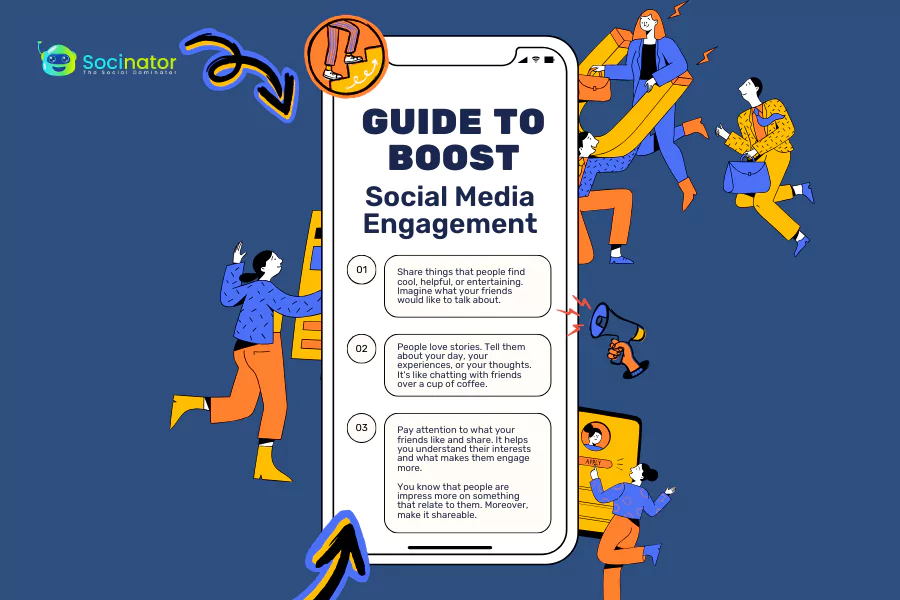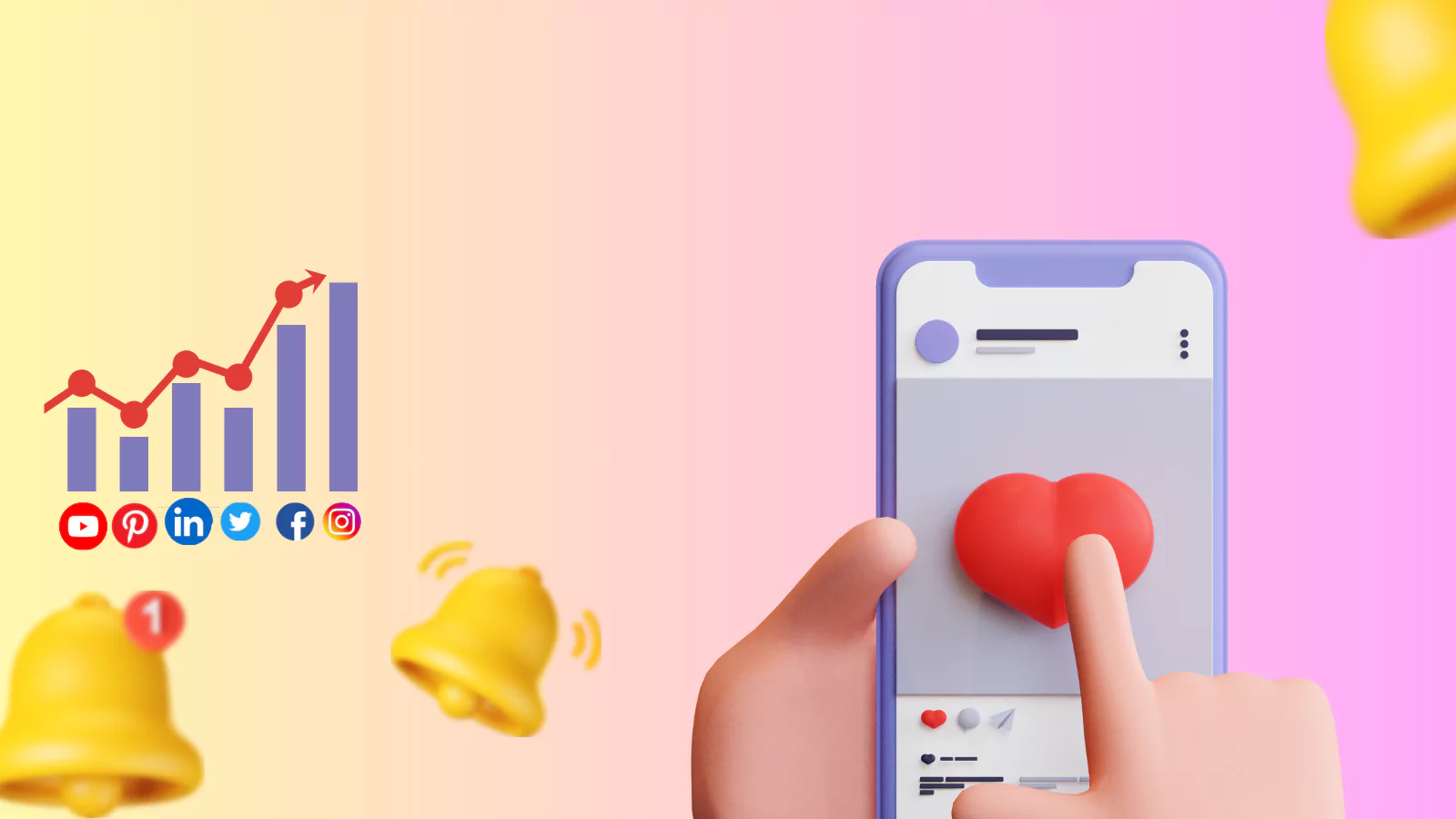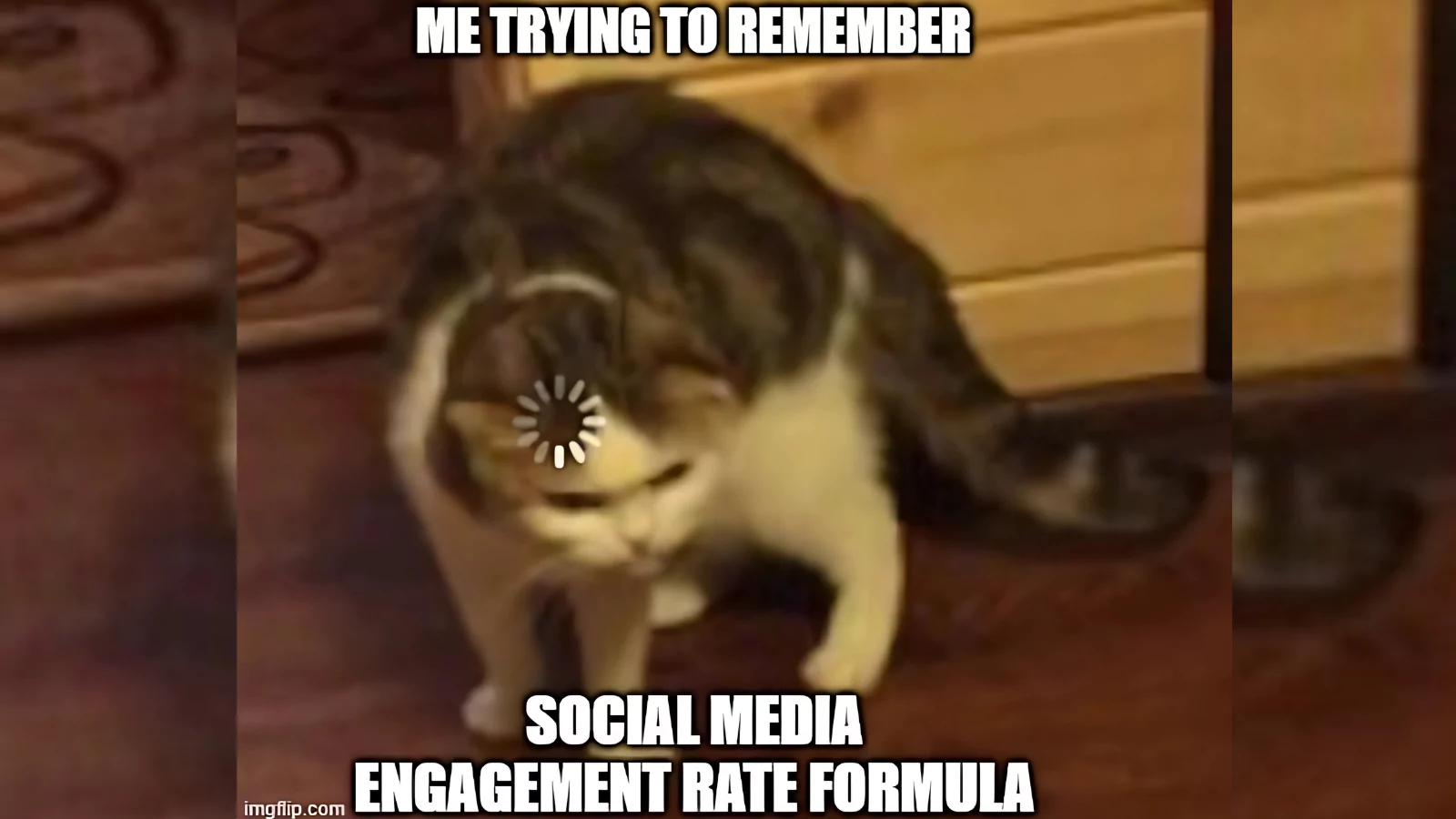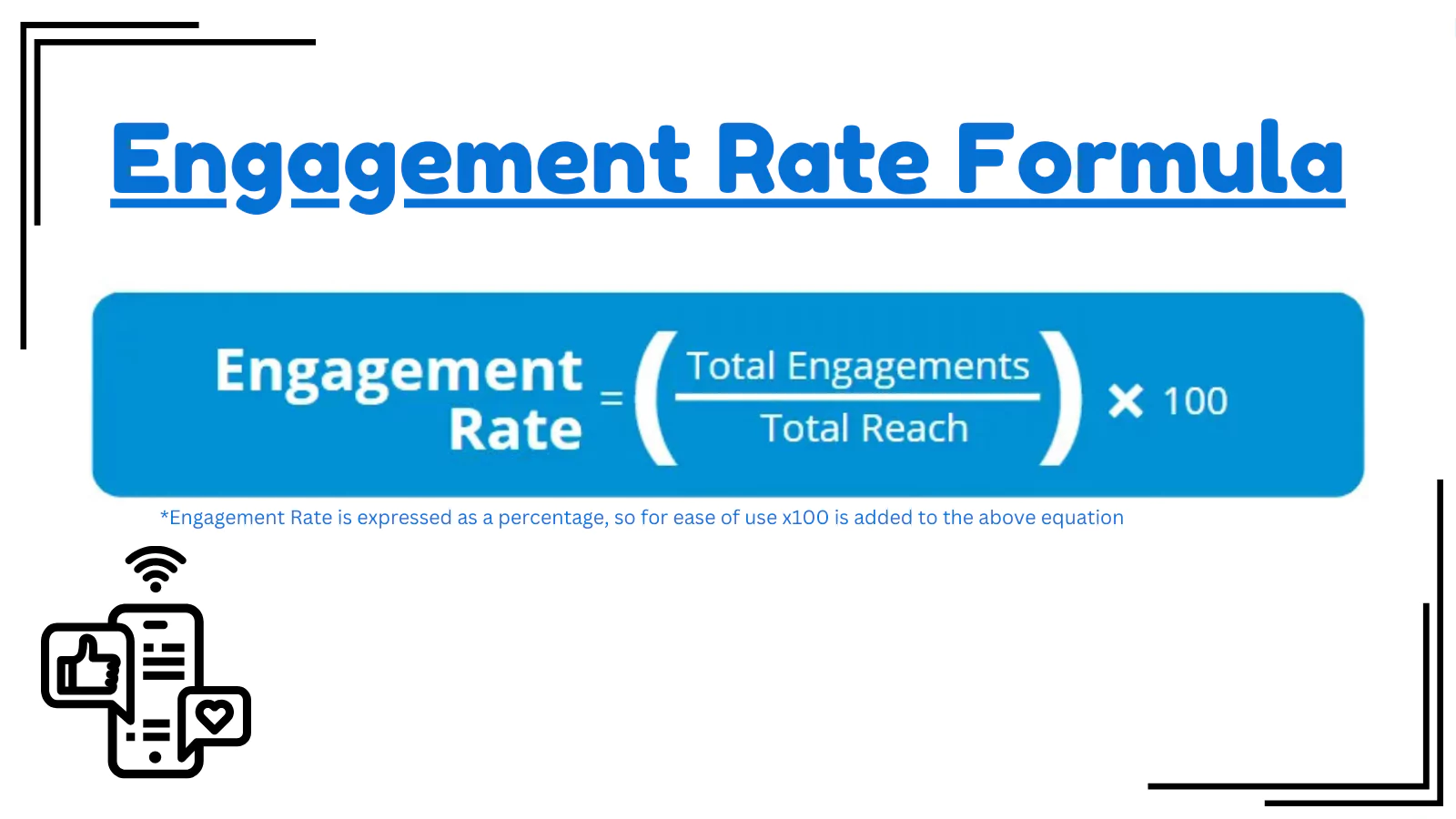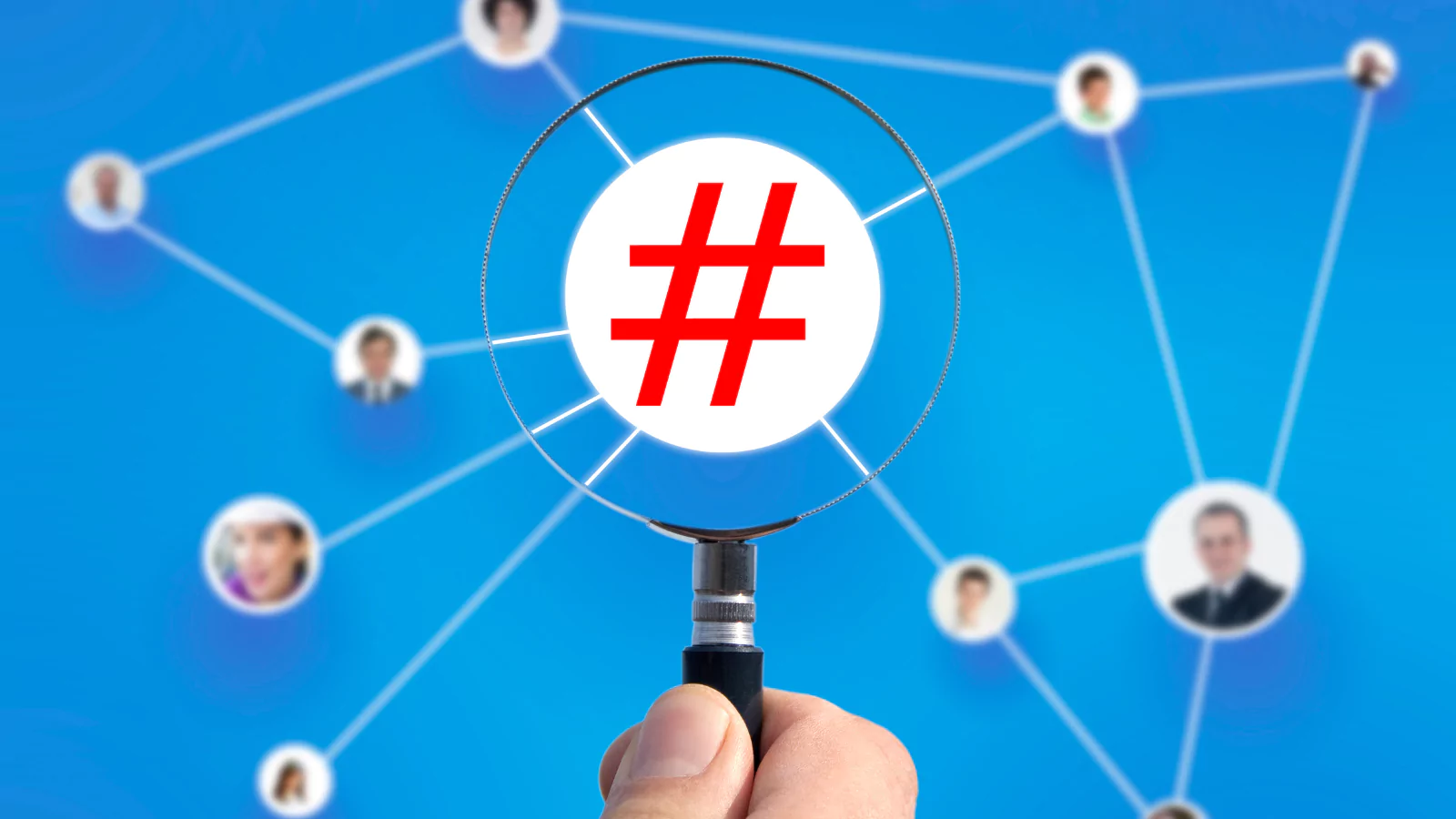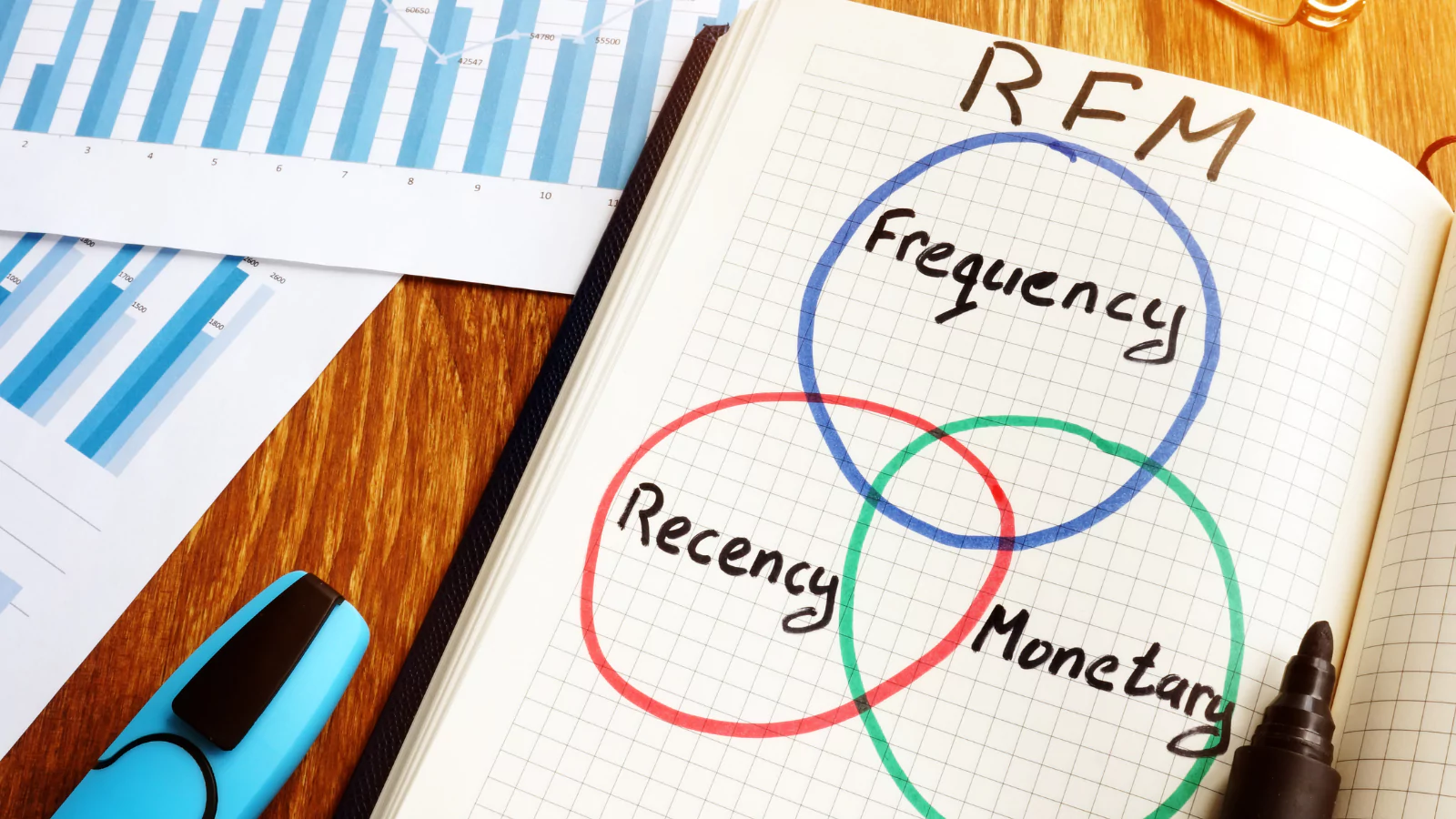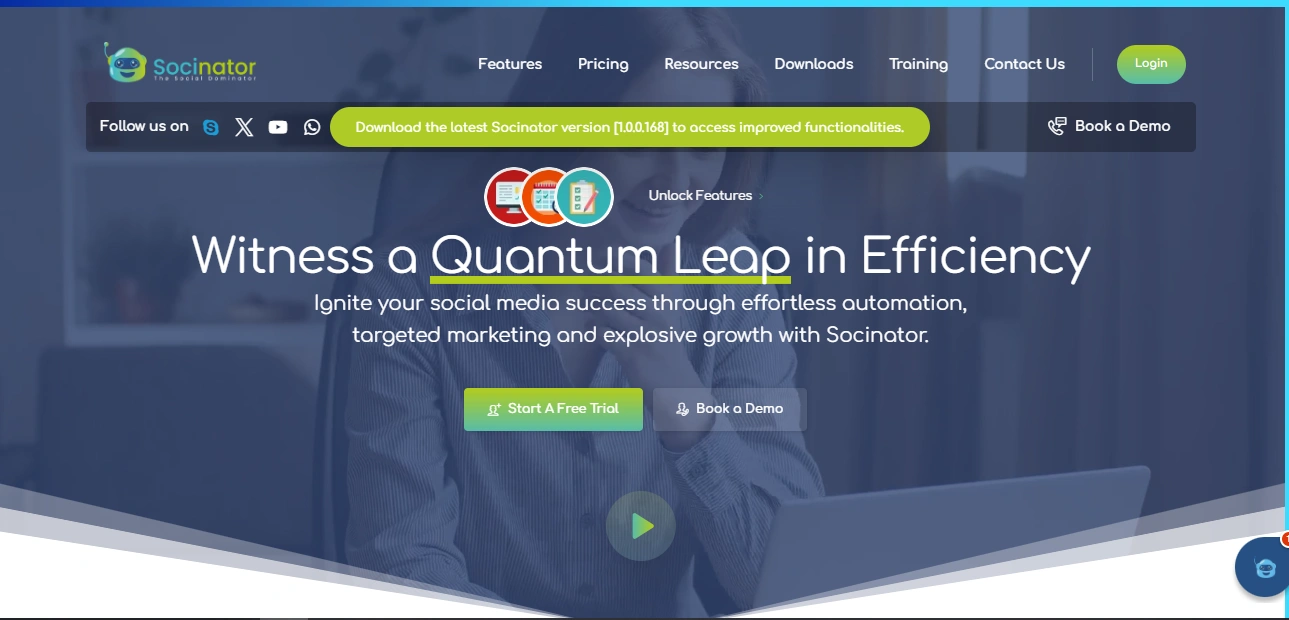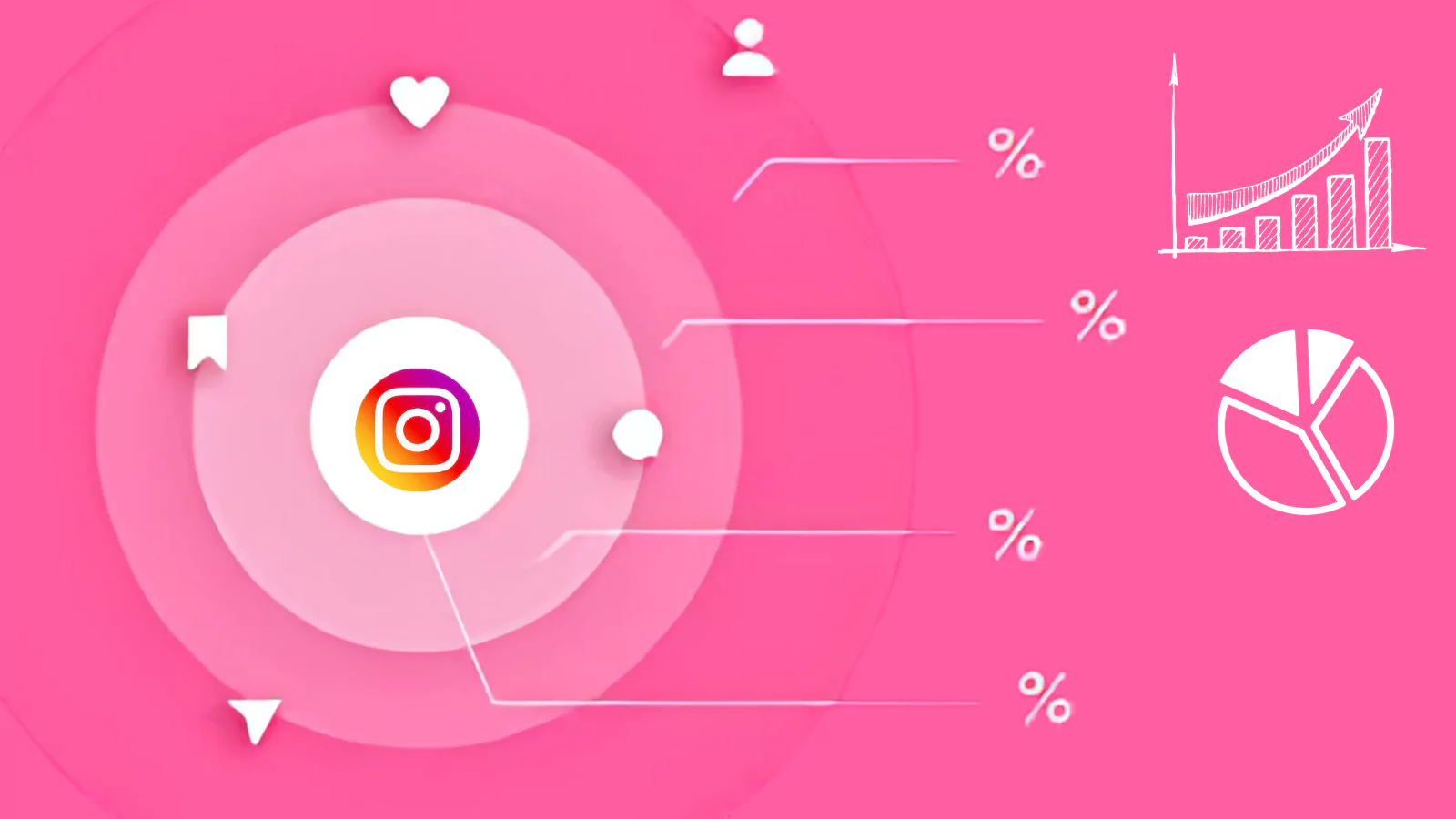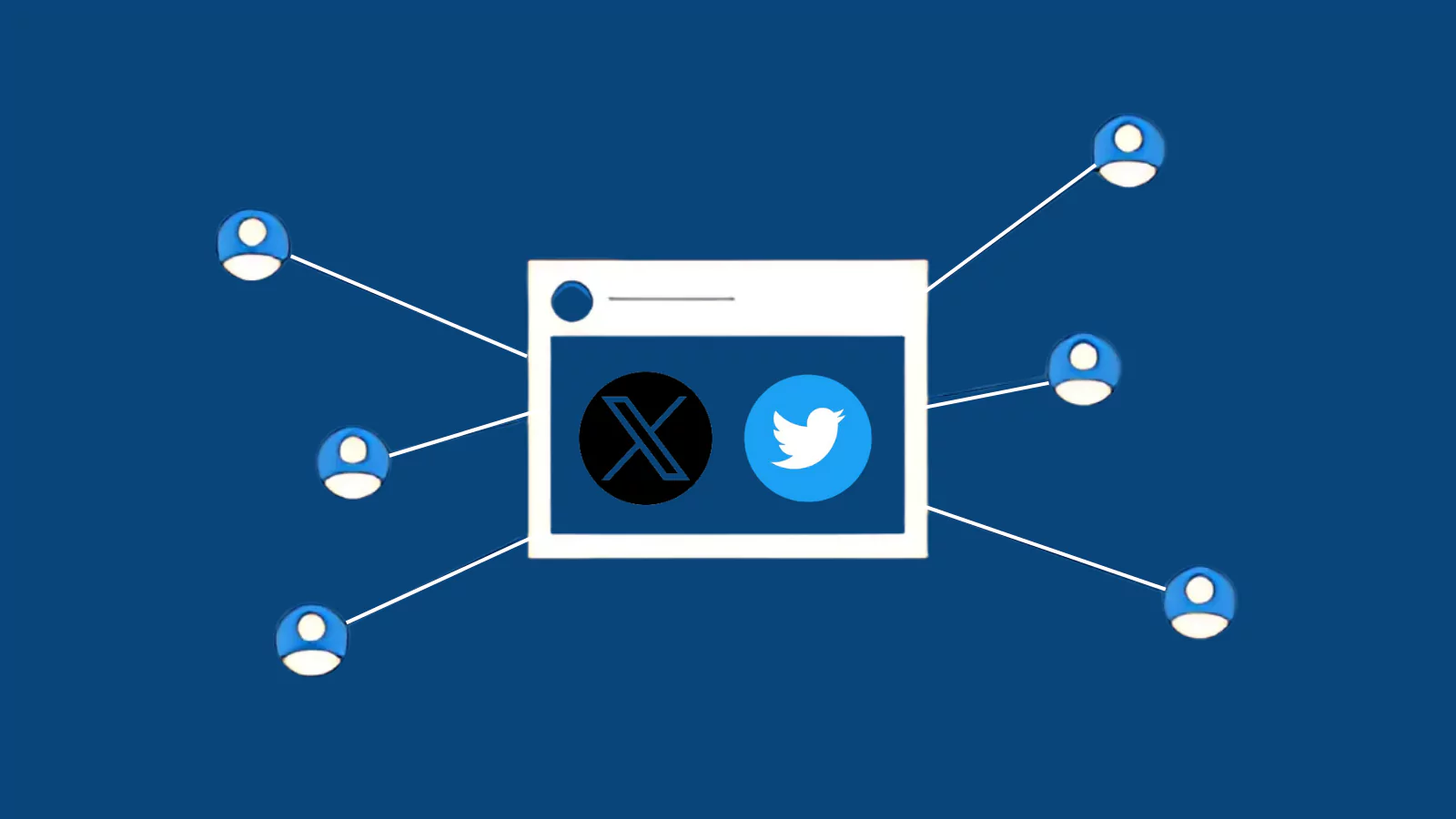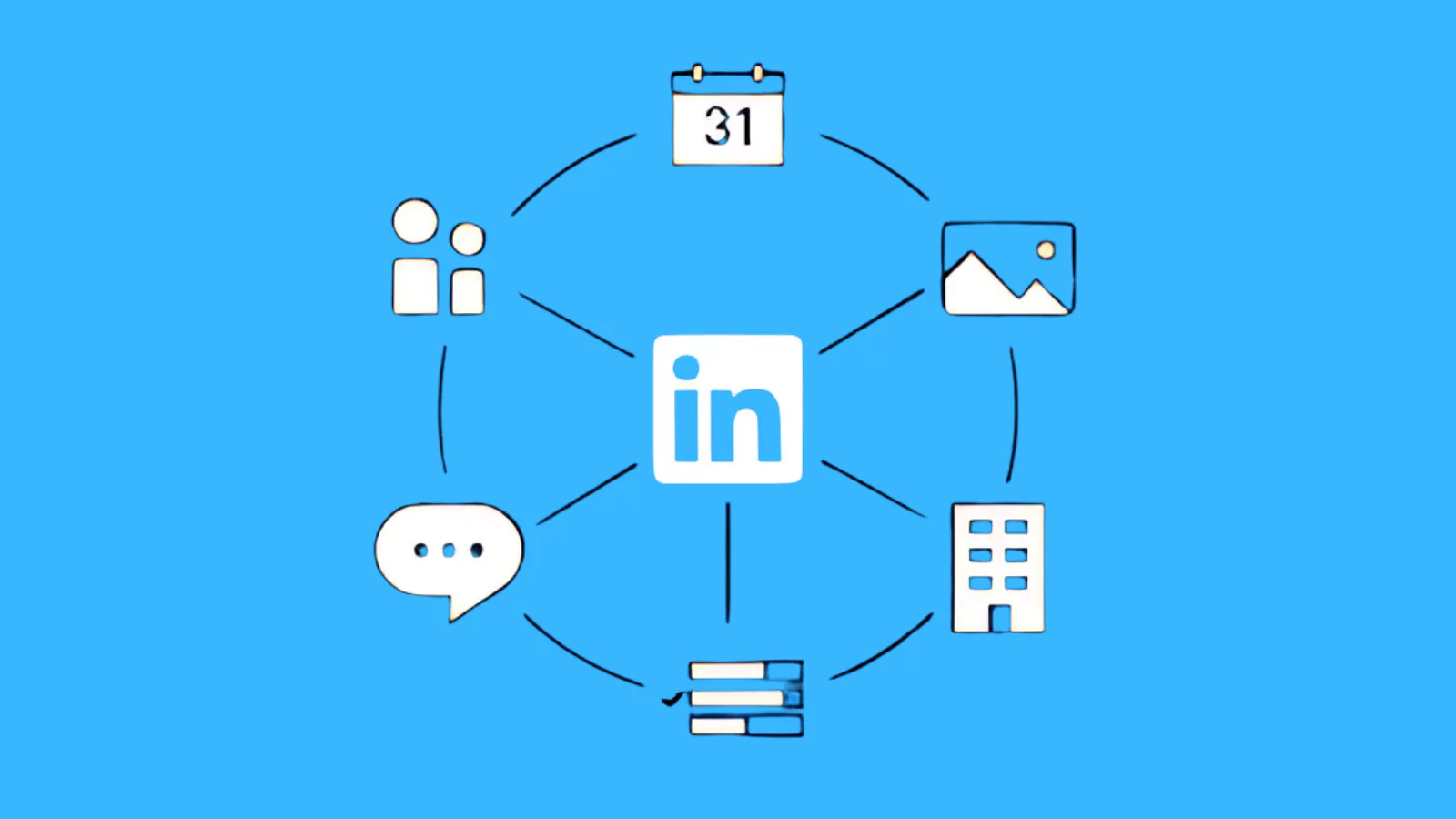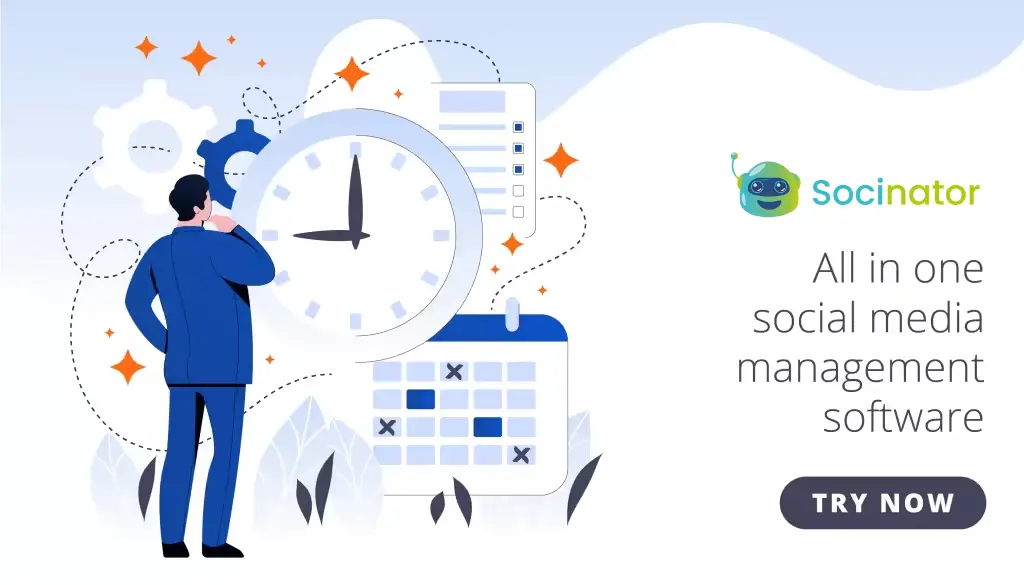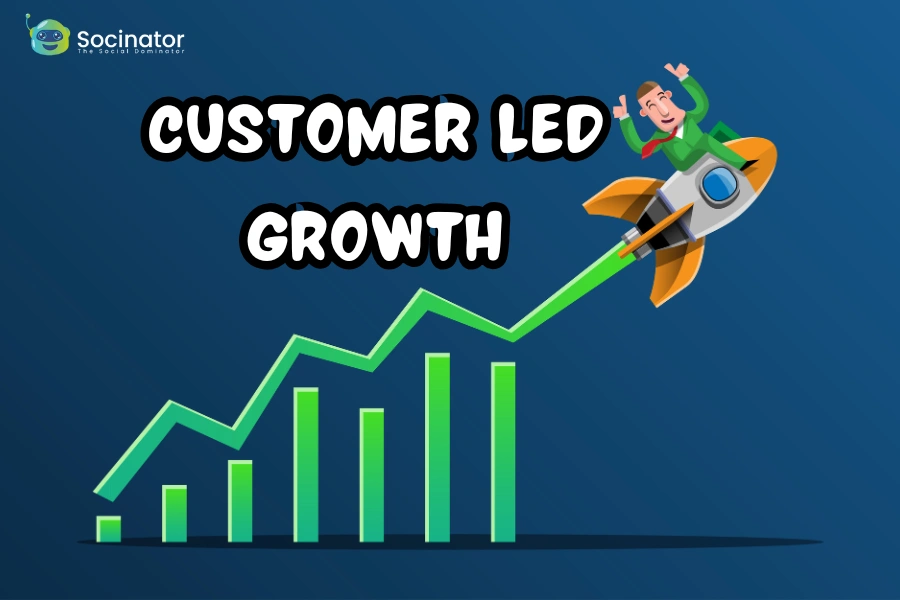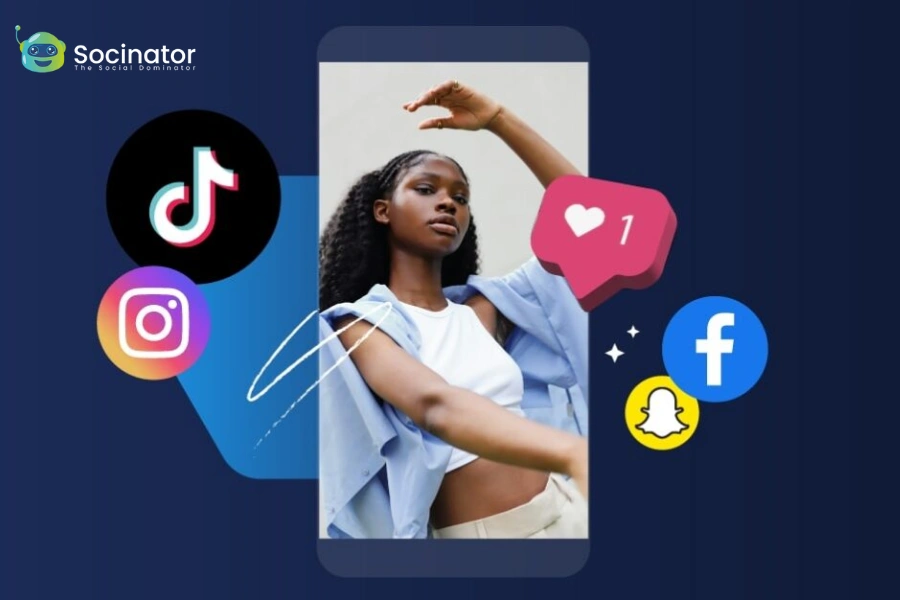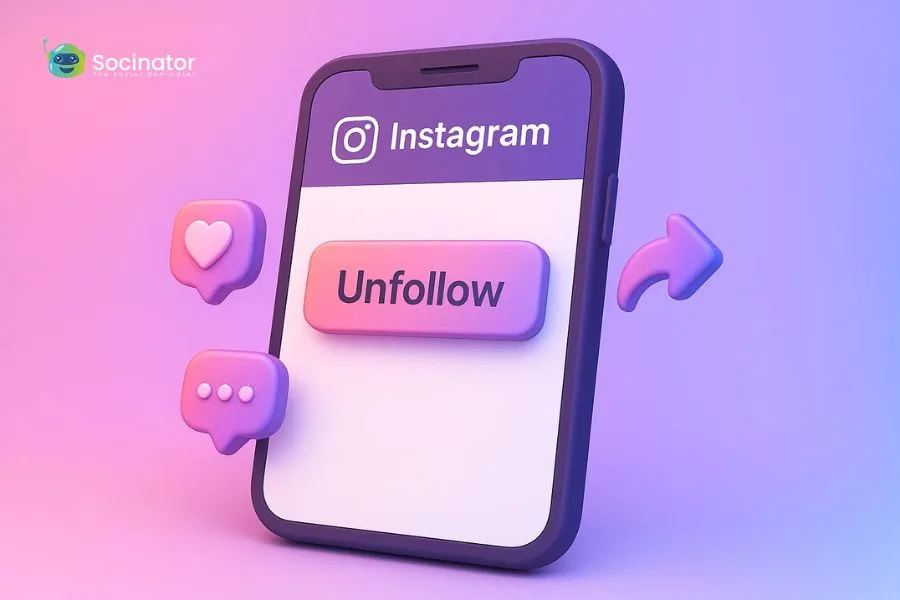Have you ever wondered if your social media engagement rates are appropriate? If you are facing low engagement on your social media, then you are not alone.
In today’s digital market, analyzing and enhancing engagement rates is critical for connecting with your audience and standing out from the crowd. Social media profiles with a greater following will receive more interactions on their postings.
However, even with no followers at the beginning, creators can start gaining people’s attention on their social media. To know whether your social media posts are getting enough views, you need to check the engagement rate.
The social media engagement rate indicates how well you have planned your content strategy to achieve growth on social media.
Let’s go into the world of engagement rates, discovering what constitutes a good engagement rate in social media, why they are important, and how to enhance them.
Listen To The Podcast Now!
What Is The Social Media Engagement Rate?
The social media engagement rate measures the average number of interactions you receive. The engagement rate of a piece of content is calculated by dividing the total number of interactions by the total number of followers.
In other words, it measures the performance of your content regardless of your number of followers. Interactions vary by platform but typically include likes, reactions, shares, and comments.
How To Calculate The Engagement Rate?
The calculation of social media engagement rate is complex and may include a variety of variables depending on the platform. It is often measured by time spent on each page, average page visits, shares, and other factors on websites.
On networks such as Instagram, Twitter, Pinterest, LinkedIn, and Facebook, it is determined by the amount of likes, shares, comments, or retweets.
To calculate the total engagement rate, the platform’s engagement rate calculator or analytics tool compares the previously listed actions to your total follower count.
Engagement Rate Formula
Engagement Rate = (Total Engagement / Total Number Of Followers)*100
Where:
- Total Engagement -The number of interactions on the product/post.
- Total Number Of Followers – The total amount of individuals that are following the account/page/etc.
There may be a few more ways to calculate engagement rate in social media, but dividing Total Engagements by the number of followers and multiplying by 100 gives a more accurate image of how your brand’s engagement positions up against similar brands in your industry, regardless of audience size.
Why Does Engagement Rate Matter?
The engagement rate is ultimately one of the most significant aspects to track in marketing campaigns and social media platforms.
Social media engagement rate is important since it shows that your fans respect your material, that it is of high quality, and that it may provide guidance for your future marketing plan.
Social media engagement rates indicate how well social algorithms are treating your content. If you consistently receive low social media interaction rates, the social platform does not believe your content is worthy of being shown to your audience.
So what can you do to make it better?
Here are some
3 Strategies To Improve Your Social Media Engagement Rates
Here are some tips and best practices to keep in mind when looking at engagement rates. Understanding and improving engagement rates is important for maximizing your social media interactions.
-
Produce High-Quality Images And Videos
Rather than focusing solely on the number of posts, make sure you’re sharing your greatest content to stimulate active involvement from your audience.
High-quality, interesting, and relevant material is essential for generating interactions. Use attractive, high-resolution photos, elegant graphics, and engaging movies to capture people’s attention.
Stay up to date on industry trends and trending topics to ensure that your material is relevant to the interests and demands of your target audience.
-
Leveraging Trendy Hashtags
Hashtags can help you identify the correct target audience and increase your social media engagement rate among people who don’t follow you.
Use popular hashtags, holidays, and trends to increase engagement. If you’re stumped for new content ideas, look to trendy hashtags and holidays to increase interaction.
-
Analyze The Frequency And Timing Of Your Post
When and how frequently you post can make a significant difference.
Avoid overloading your audience with too many posts, but don’t let them forget you by posting too seldom.
Use analytics to identify your brand’s sweet spot.
Post when your audience is most active, but this changes by platform and audience, so try different times and track your results. Track your metrics to identify the best posting frequency.
Typically, this would require hours of calculation or reporting.
However, a tool like Socinator tracks your average engagement rate on social media in real time and within seconds.
Socinator- The Social Dominator
Socinator is a social media automation tool for dominating social media and automating your social media activities.
It has a feature that lets you analyze the performance of your campaigns. You can use it to check on the engagement insight on your social media to know whether your campaigns are performing or not.
Moreover, it allows you to manage multiple social media platforms like Facebook, Instagram, Twitter, etc, using a single dashboard.
Socinator provides a social media automation tool that saves you time and effort.
The software handles monotonous activities, such as scheduling articles in advance and auto-liking, commenting, and following other users, freeing you up to focus on creating high-quality content.
- Social Media Management: Socinator allows you to manage all of your social media profiles from a single dashboard. Socinator provides access to 9 different social media platforms
It allows you to effortlessly switch between platforms, track performance, and schedule posts without having to log in and out of numerous accounts.
- Data-Driven Insights: Understanding your audience is critical to social media success. Socinator delivers detailed analytics that provide useful information into your audience’s behavior, post-performance, and campaign efficacy.
This data enables you to make informed decisions about your social media strategy.
- Community Engagement: Establishing a strong community is crucial for social media success.
Although Socinator automates activities like liking, commenting, and responding to messages, allowing you to better engage with your audience, it is critical to keep a personal touch by carefully drafting your responses and avoiding generic automated communications.
Effective audience targeting is crucial for optimizing social media impact.
- Audience Targeting Socinator provides precise targeting options to help you identify and engage with your perfect audience.
Understanding your target audience enables you to produce relevant content that resonates with them and increases engagement.
What Is A Good Engagement Rate?
To make sense of your social media engagement rate data, you must first understand its context.
An engagement rate of 1% to 5% is generally considered satisfactory.
However, this is determined by a variety of circumstances. The three main criteria that determine what constitutes a high engagement rate are:
- Platform: Expect your interaction rate to vary between platforms, which may change over time.
- Sector: Fashion and entertainment will always have better engagement rates than finance. When measuring your engagement rate, you should compare it to comparable accounts in your sector.
- Follower count: Generally, as your follower count increases, your engagement rate will decrease.
Here are some Popular social media platforms and their:
“Good Social Media Engagement Rate ”
Let us begin with one of the most used platforms on Earth:
According to industry experts, a good social media engagement rate on Facebook can be as low as 1% to 2%.
This statistic typically applies to large brands like PEPSI, which benefit from simple awareness and brand recognition. For instance, seeing an ice-cold drink of that particular brand on your feed may plant a seed that you might remember later when you’re standing in the soda aisle of the grocery store. Tactics like these help boost the product’s sales. Small businesses should aim for a Facebook engagement rate of 5%.
Another similar App that is famous:
With 2 Billion active users, Instagram presents a significant opportunity for companies with a visual appeal, particularly those with a tangible product. Instagram typically has higher engagement rates than LinkedIn, X, and Facebook, owing to the format’s unique characteristics.
With one post per screen, you’re obliged to focus on the material and either engage or scroll past. On Instagram, a social media engagement rate of around 2% is considered good.
Many users and brands rely on Instagram scheduling tools to maintain consistency and maximize engagement. These tools allow you to plan and schedule posts in advance, ensuring a steady stream of content even on busy days. Popular Instagram scheduling tools like Socinator offer features such as automated posting, content previews, and performance analytics. By leveraging these tools, you can optimize post timing for maximum engagement, streamline your workflow, and gain insights into what resonates with your audience.
Anything 3% or more is excellent. According to a recent survey, the educational content on the platform had a higher-than-average engagement rate of 3.5%, while the Retail sector had the lowest engagement rate of 0.67% per post.
Now after Facebook and Instagram, the last app from the Trinity is:
X(Formerly Twitter)
X tends to have lower engagement rates than Facebook.
Most would consider 0.5% to be a reasonable engagement rate for X, with anything above 1% being excellent.
Smaller firms with a strong following should aim for an engagement rate that is consistently higher than 1%.
X’s engagement rate, like Facebook’s, is calculated by dividing the total number of engagements a post receives by the total number of impressions.
Now, Last but not the Least is:
LinkedIn is perhaps the best platform for promoting interaction, and it offers the most opportunities for individuals
It helps organizations looking to raise awareness of their B2B brand or recruit for their B2C company.
A respectable Linkedin engagement rate is around 2%, however, this might go to 5 or 6% depending on the type of content you share from your content marketing calendar.
What Is Not An Appropriate Engagement Rate?
Anything under 1% is considered a poor engagement rate.
Bots and false followers will not engage with your material, lowering the rate and pushing you down in the algorithm.
When you observe influencers with hundreds of thousands of followers but few likes on their social media postings, you can be certain that their engagement rate is poor and that the marketing team will implement a new strategy for their social media posts in the future.
Also Read,
Ultimate Guide: 11 Social Media Management Tool
Instagram Scheduling Tools Available With Socinator
How To Form An Effective Influencer Brand Partnerships On Instagram?
Social Media Content Strategy: Ultimate Tips And Examples
To Wrap Things Up
Understanding and optimizing your social media engagement rates is crucial for a successful social media strategy. Regularly assess and analyze your social media engagement rates to improve your strategy and obtain greater outcomes.
Remember, a minor adjustment here and there can make a significant difference!
However, simply calculating the engagement rate is not sufficient. You’ll need a social media analytics tool to decode all of the key information and evaluate your social media impact.
Feel free to check out Socinator.
FAQs
- What is a good engagement rate?
A good social media engagement rate varies by platform, industry, and other factors, but generally ranges from 1–6%. An engagement rate above 5% is considered excellent.
- How do I calculate my engagement rate?
To calculate your engagement rate, divide the total number of engagements by the total number of followers. Engagement includes likes, comments, shares, retweets, favorites, and reactions.
- How can I check my engagement rate?
You can use social media analytics tools to check your engagement rate across all platforms.
- What is engagement rate a measure of?
Engagement rate is a key metric that measures how much an audience interacts with a brand’s content. It’s a way to understand how well a brand’s content resonates with its audience.
- What are some factors to consider when assessing engagement rate?
High-quality interactions, like thoughtful comments or shares, are more valuable than just likes. It’s also important to consider the context of your audience and industry benchmarks.
- How can I improve my engagement rate?
You can track your results over time and compare them to your industry peers. You can also try to make sure your engagement is organic and authentic.

